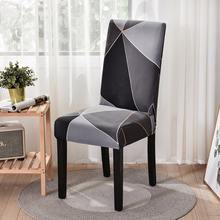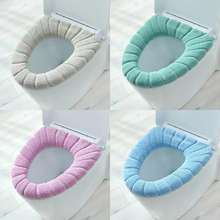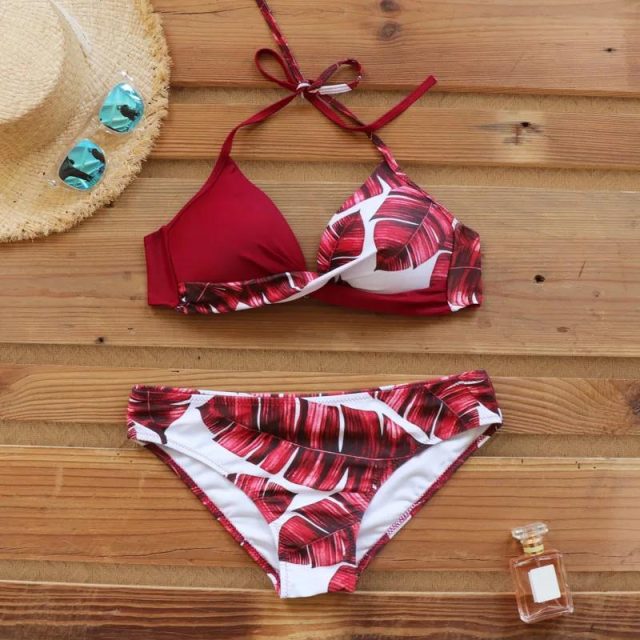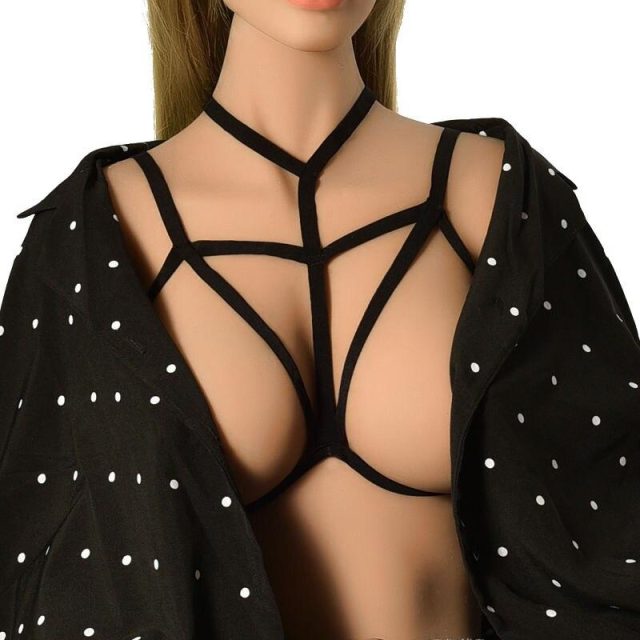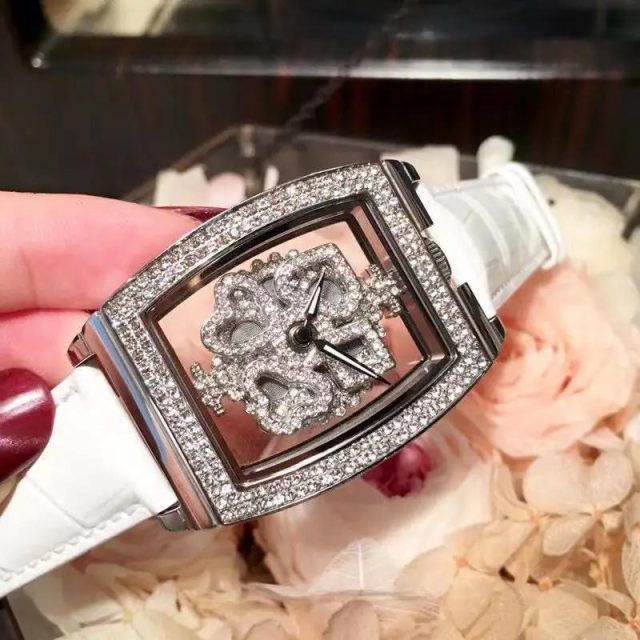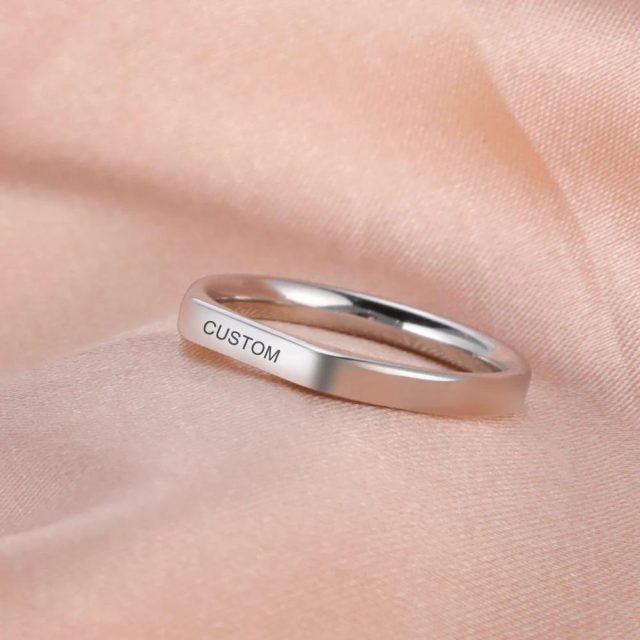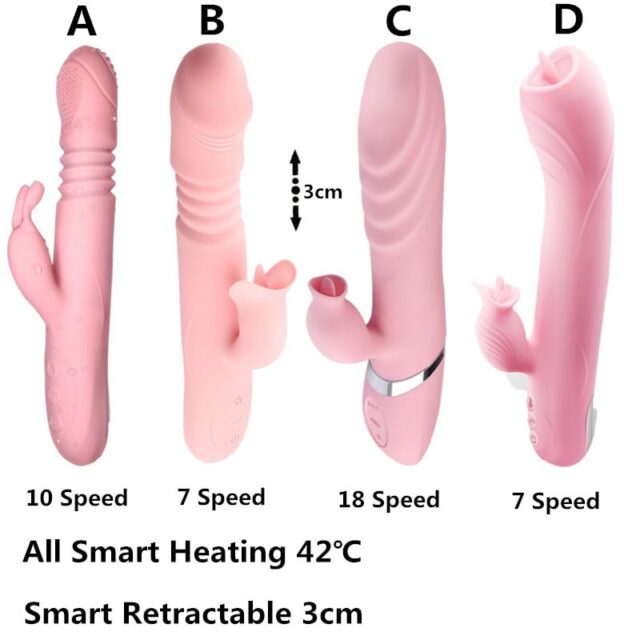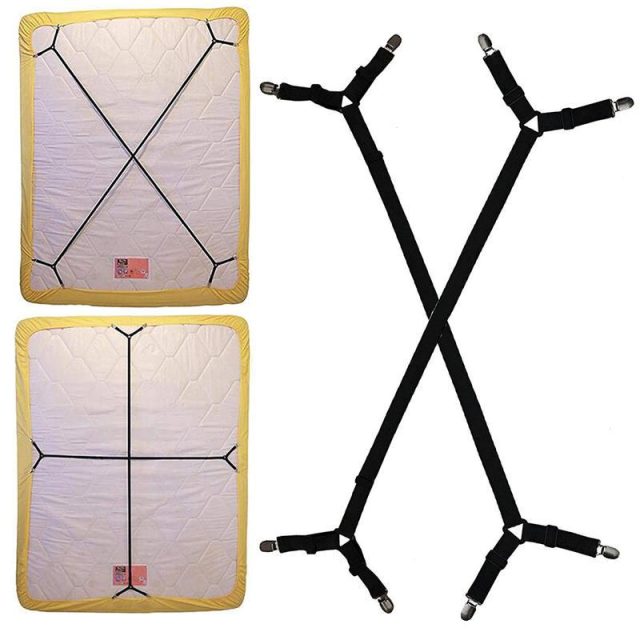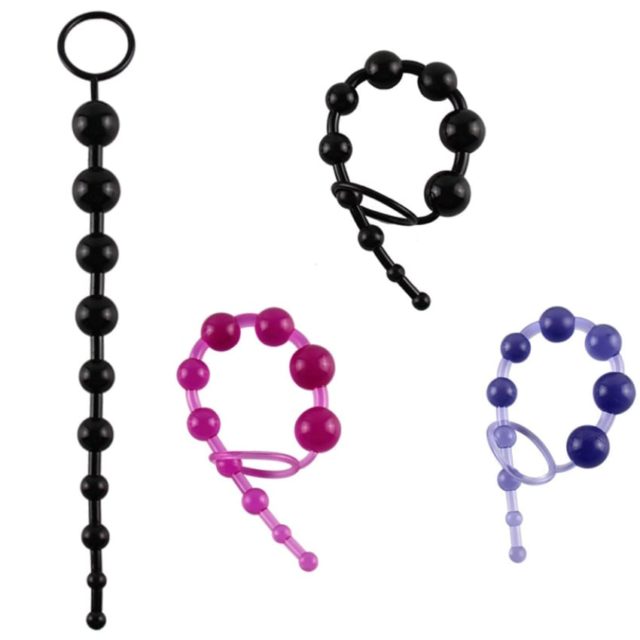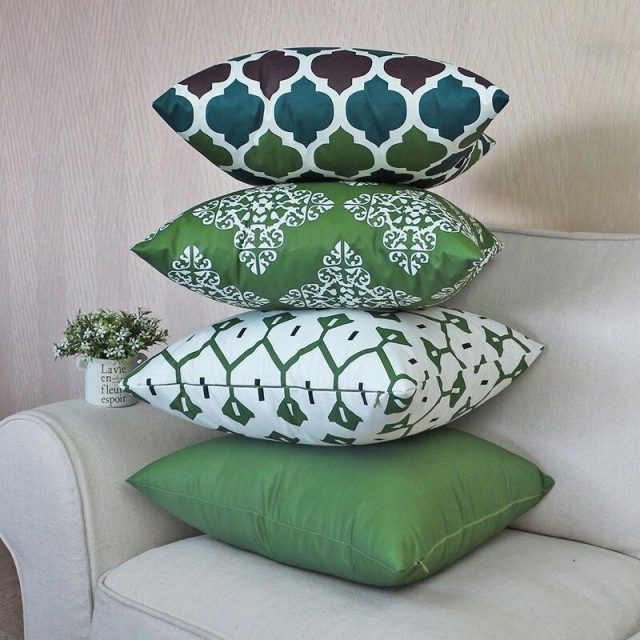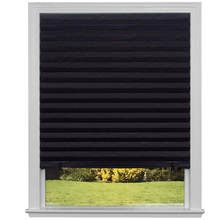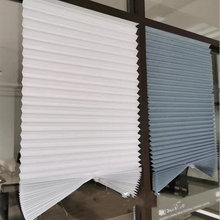Horizontal Blinds
Horizontal Blinds: A Comprehensive Guide to Window Treatments
Introduction
Horizontal blinds are a popular and versatile window treatment option that adds functionality and style to any space. They consist of horizontal slats that can be adjusted to control the amount of light and privacy in a room. With their wide range of materials, colors, and designs, horizontal blinds offer endless possibilities for enhancing the aesthetics of both residential and commercial settings. In this comprehensive guide, we will explore the history, types, materials, benefits, installation, and maintenance of horizontal blinds.
History of Horizontal Blinds
Horizontal blinds have a rich history that dates back to ancient times when people used basic materials like reeds and wood to control the light and ventilation in their dwellings. The concept evolved over centuries, and by the 18th century, horizontal blinds made from wood became more common in European homes. In the 19th and 20th centuries, industrial advancements brought about new materials like aluminum and vinyl, making horizontal blinds more affordable and accessible to the masses.
Types of Horizontal Blinds
- Venetian Blinds: Venetian blinds are the most popular and widely used type of horizontal blinds. They feature horizontal slats attached by strings or cords, allowing them to be tilted at various angles to control the amount of light entering a room. Venetian blinds come in various materials, including wood, aluminum, and faux wood, offering both traditional and contemporary design options.
- Mini Blinds: Mini blinds are a compact version of Venetian blinds, characterized by their narrow slats, usually measuring about 1/2 inch to 1 inch in width. These blinds are commonly used in smaller windows, offices, or as secondary treatments in combination with curtains or drapes.
- Micro Blinds: Micro blinds are even smaller than mini blinds, featuring slats that are typically 1/2 inch wide or less. They are ideal for delicate or narrow windows and can provide a subtle touch of elegance to the overall decor.
- Vertical Blinds: Though not technically “horizontal,” vertical blinds are worth mentioning in this guide. They consist of vertical slats that can be adjusted to allow light in or keep it out. Vertical blinds are particularly suitable for large windows, sliding glass doors, or patio doors.
Materials Used for Horizontal Blinds
- Wood Blinds: Wooden blinds lend a natural and timeless appeal to any space. They are available in various wood types, including oak, cherry, maple, and basswood, each offering distinct textures and finishes. Wood blinds provide excellent insulation and can complement both traditional and modern interior designs.
- Aluminum Blinds: Aluminum blinds are durable, lightweight, and budget-friendly. They are available in a wide range of colors and are a popular choice for commercial spaces due to their sleek appearance and ease of maintenance.
- Faux Wood Blinds: Faux wood blinds are engineered to replicate the look of real wood but are made from synthetic materials like PVC or vinyl. They are an excellent alternative to wood blinds for areas with high humidity, such as bathrooms and kitchens.
- Fabric Blinds: Fabric blinds offer a softer and more decorative touch to window treatments. They come in various patterns, textures, and colors, providing a wide array of design possibilities to suit different interior styles.
Benefits of Horizontal Blinds
- Light Control: One of the primary advantages of horizontal blinds is their ability to control natural light. By adjusting the slats, you can filter or block sunlight, reducing glare and UV rays while maintaining a comfortable ambiance indoors.
- Privacy: Horizontal blinds offer varying levels of privacy. When closed, they prevent outsiders from peering into your living spaces, giving you the desired seclusion.
- Energy Efficiency: Wooden blinds, in particular, can provide an additional layer of insulation to windows, reducing heat transfer and helping to maintain indoor temperatures, which can lead to energy savings.
- Versatility: Horizontal blinds are incredibly versatile in terms of design and functionality. They can complement any interior style, from traditional to contemporary, and are suitable for residential as well as commercial settings.
- Easy Maintenance: Most horizontal blinds are low-maintenance and can be easily cleaned with a duster or a damp cloth. Their durability ensures they withstand the test of time with minimal care.
Installation of Horizontal Blinds
Installing horizontal blinds can be a straightforward process, but it requires precision to ensure a perfect fit. It’s essential to measure the window accurately and choose the appropriate mounting option, such as inside mount or outside mount, depending on the window frame and desired look.
Maintenance and Cleaning
Proper maintenance and regular cleaning are essential to keep horizontal blinds in excellent condition. Dusting the slats regularly with a microfiber cloth or a duster can prevent the buildup of dirt and allergens. For a more thorough cleaning, some blinds can be gently wiped down with a damp cloth or sponge. For wood blinds, it’s best to use a wood-specific cleaner to avoid damaging the finish.
Conclusion
Horizontal blinds have come a long way from their humble origins and have evolved into a popular and practical window treatment option. With their versatility, light control, and aesthetic appeal, they continue to be a staple in homes and offices worldwide. Whether you choose the warmth of wood, the affordability of aluminum, or the durability of faux wood, horizontal blinds are sure to enhance your living spaces while offering a timeless and functional solution for your window treatment needs.




















